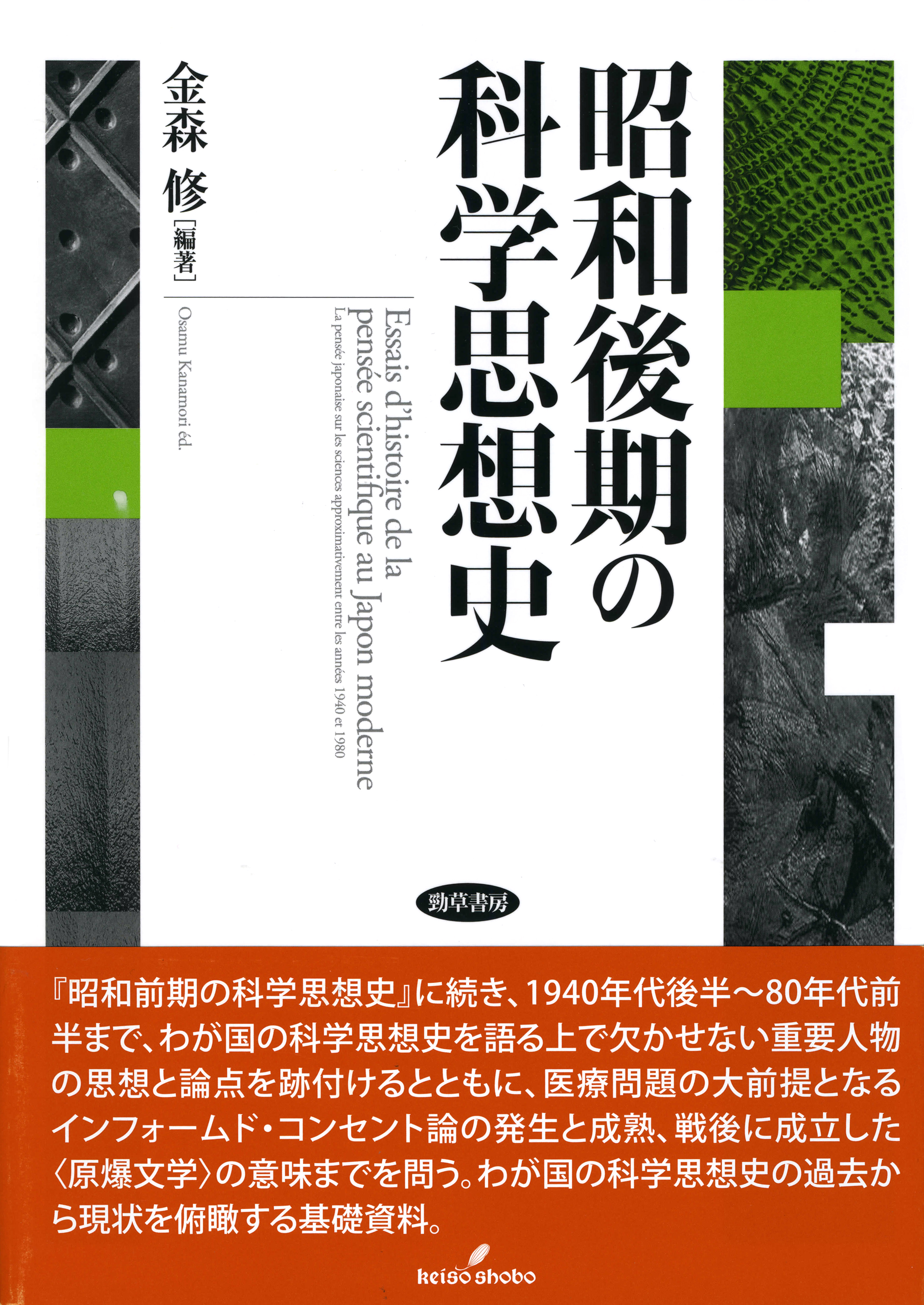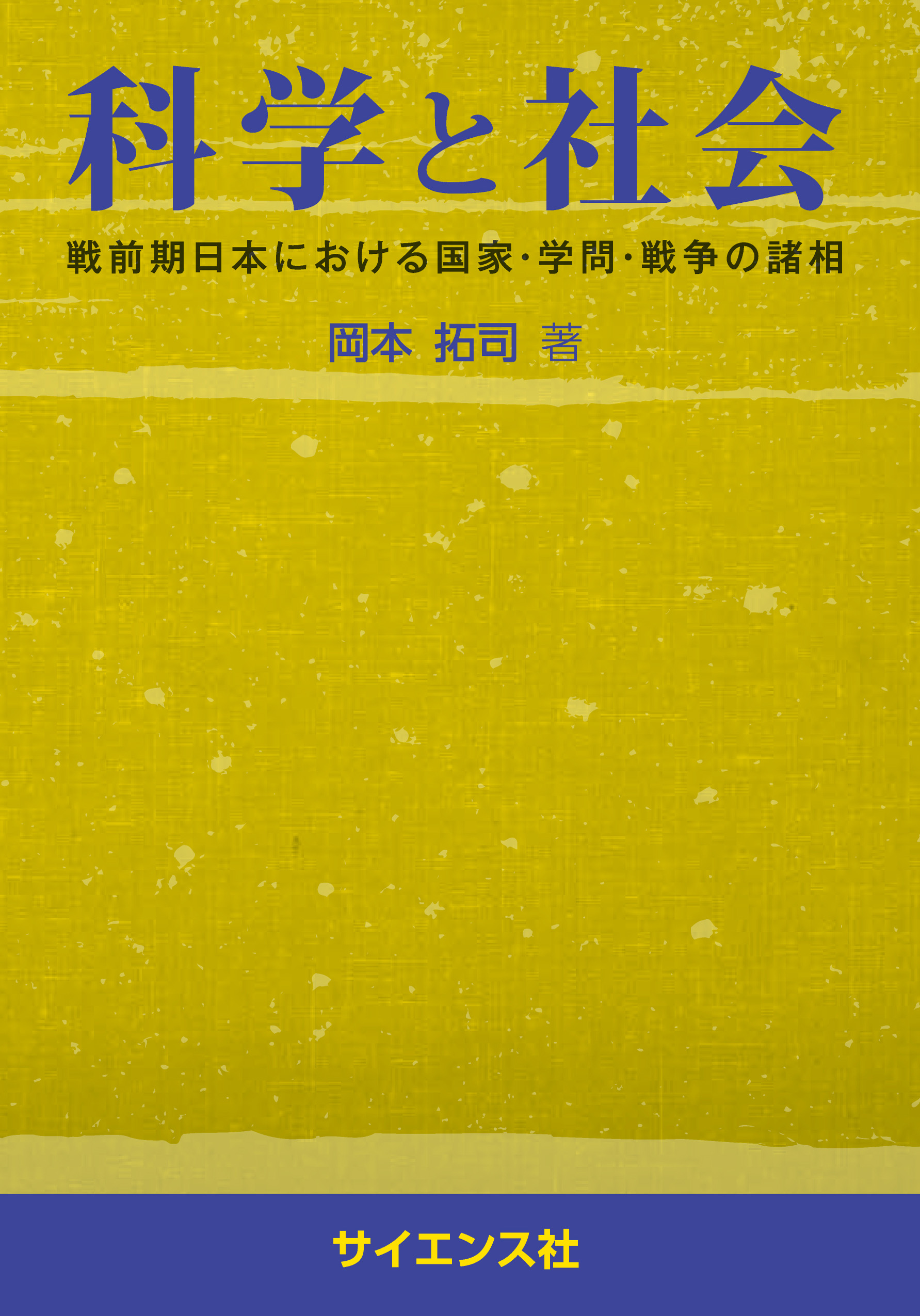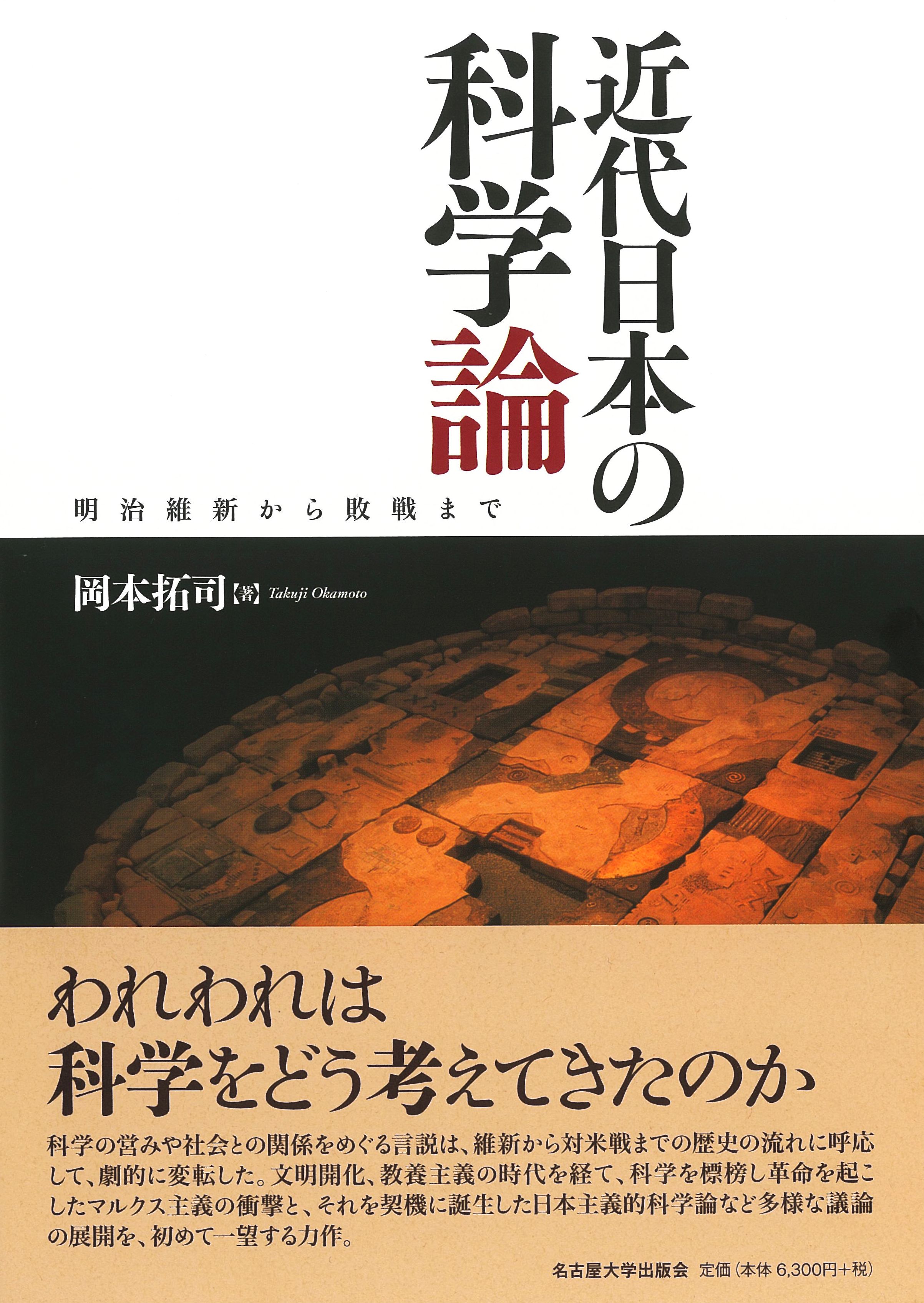
Title
Showa Koki no Kagaku Shisoshi (Essays on the History of Scientific Thought in Modern Japan: from 1940 to 1980)
Size
560 pages, A5 format
Language
Japanese
Released
June, 2016
ISBN
978-4-326-10252-5
Published by
Keiso Shobo
Book Info
See Book Availability at Library
Japanese Page
Around the 1990s, people started paying more attention to the economic and political aspects of science than its intellectual implications. This, however, means neither that its philosophical aspects were fully explored nor that no new questions related to them appeared. This book takes up seven topics arising from the development of scientific thought in Japan between the late 1940s and the early 1980s. Since the seven chapters are independent of each other, the reader can comprehend each chapter without referring to the others. While some chapters’ topics have overlaps and even contradictory statements, the reader is free to make his/her own judgments. The editor and author of Chapter 7, the late Professor Osamu Kanamori of the Graduate School of Education, passed away in May 2016, one month before this book’s publication.
Part 1 (Chapters 1, 2, and 3) deals with three different thinkers. Chapter 1 by Koji Kanayama considers Mitsuo Taketani (1911-2000), the popular Marxist physicist-philosopher, best known for his three-step theory of the development of science and his criticism of nuclear power and weapons. In Chapter 2, Hikaru Saito discusses anti-scientific discourses of the biologist-thinker Atsuhiro Shibatani (1920-2011), while in Chapter 3, Yujin Itabashi analyzes the works of Torataro Shimomura (1902-1995), the historian-philosopher of science who belonged to the so-called Kyoto School led by the followers of the influential philosopher Kitaro Nishida.
Chapters 4, 5, 6, and 7 are more concerned with subjects rather than specific thinkers, though Chapter 4 mainly analyzes the works of Taketani and the historian of science Tetu Hirosige (1928-1975), and Chapter 5 analyzes Shibatani and the intellectual historian of science and technology Kenzo Sakamoto (1931-1991). Takuji Okamoto depicts how Hirosige made his way out from Taketani’s strong influence and constructed his own view of science that drew upon his understanding of its historical development, while Akihisa Setoguchi compares Shibatani’s criticism of science and Sakamoto’s scrutiny of modern technology.
Finally, themes specific to postwar Japan appear in Chapters 6 and 7. Tatsuya Mima describes the debates, activities, and politics concerning brain death and organ transplantation as a conflict between social consensus and technological development. Kanamori explores the potential of genbaku literature (literary works inspired or influenced by people’s experiences of the dropping of atomic bombs in Hiroshima and Nagasaki in August 1945) as an expression of humanity in the nuclear age.
(Written by OKAMOTO Takuji, Associate Professor, Graduate School of Arts and Sciences / 2017)



 Find a book
Find a book



